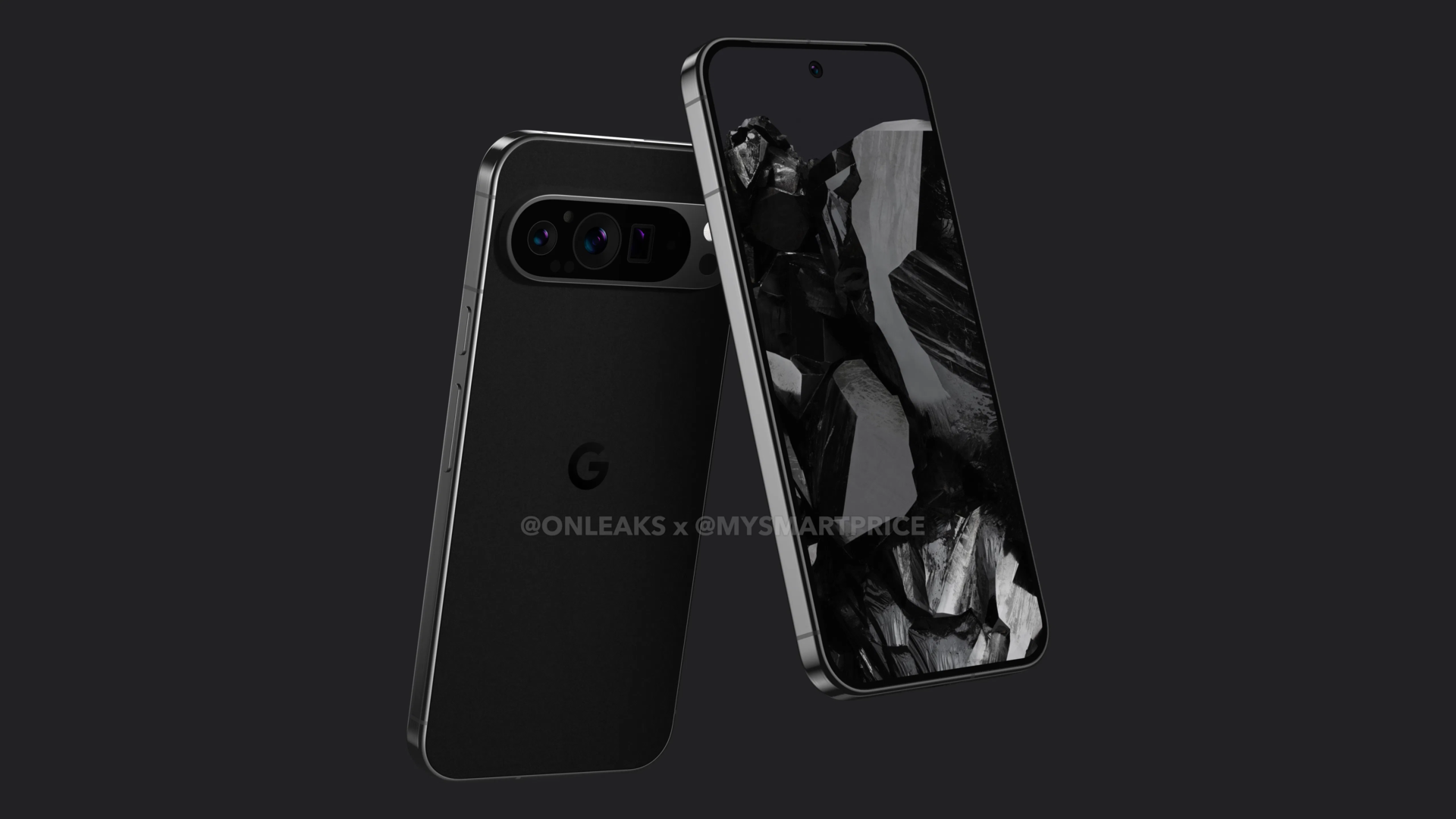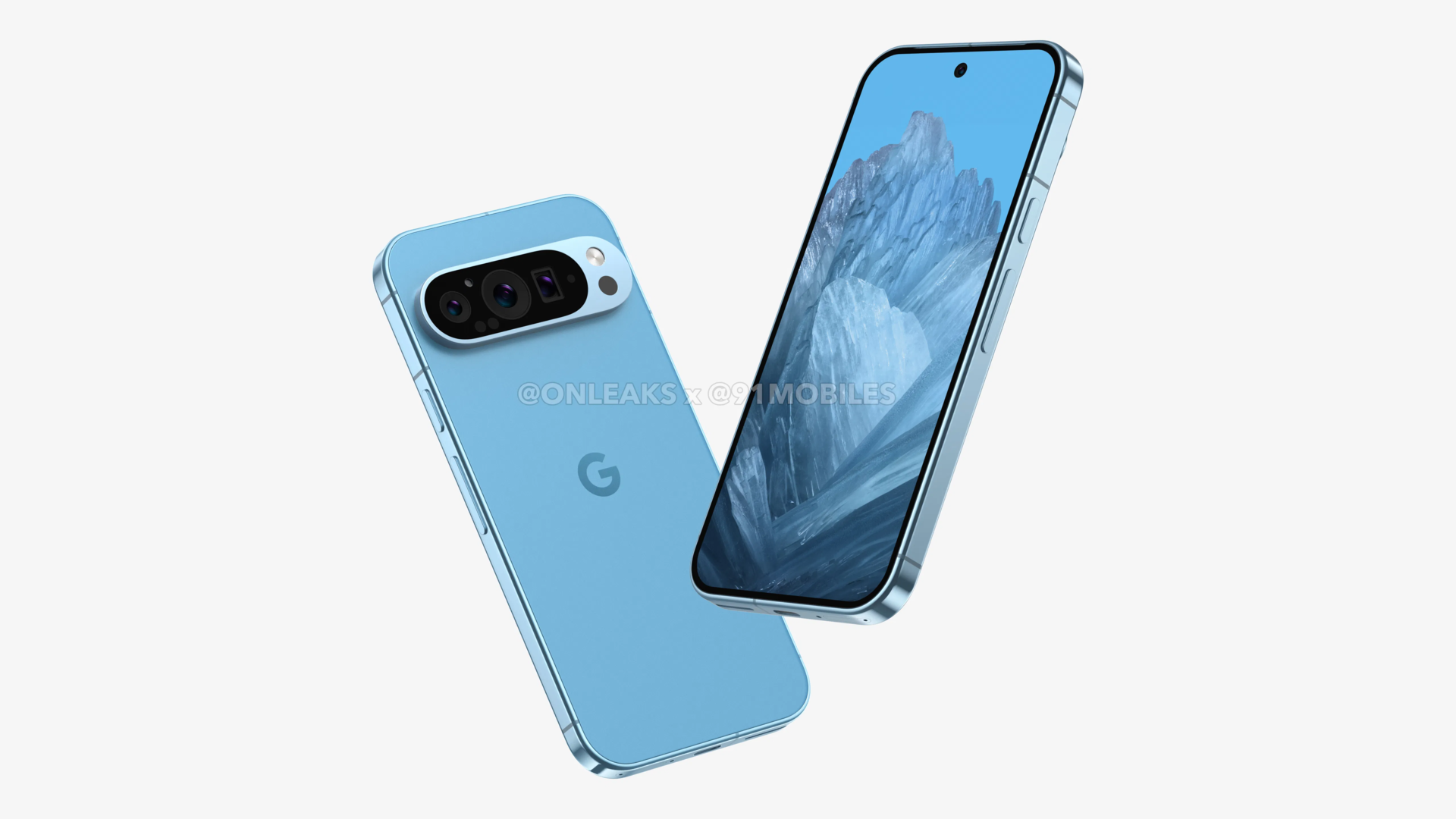Affiliate links on Android Authority may earn us a commission. Learn more.
Examining the Pixel 9 leaks: Is Google stealing from Apple again?
We still have over eight months to go before we expect to see the Pixel 9 series. However, thanks to reliable leaker Steve Hemmerstoffer (aka OnLeaks), we already have renders for the phones.
These leaks are certainly interesting to see this early in the cycle. More importantly, though, they tell a brand new story for the Pixel line as a whole. I want to break down that story here (and in the video above) to see what Google’s goals might be in 2024.
Based on current leaks, are you buying a Pixel 9 phone?
Google Pixel 9 leaked renders
Before I get too deep into things, I want to give a little refresh on the renders themselves. You can see the alleged Google Pixel 9 Pro above and the regular Pixel 9 below.
The first thing you’ll notice with the Pixel 9 Pro leak are the flat sides around the phone. This is something you might say is “borrowed” from the iPhone, but we’ll touch more on that in a bit. You’ll also notice that the camera bar has been updated. The curved corners of the camera bar remind me of the Material Design language that you see throughout the Android operating system itself. This is no doubt deliberate, as Google controls Pixel hardware and Android, so it’s trying to make those look more cohesive.
Next up, we have leaked renders for the Pixel 9. These were the most surprising renders of the batch because they look nearly identical to the Pixel 9 Pro. The most significant difference between them is size: The Pixel 9 should be about the same size as the Pixel 8, while the Pixel 9 Pro renders are about the same size as the Pixel 8 Pro. So this would be a compact flagship with what seems to be the same triple-lens camera that we saw on the Pixel 9 Pro leaks. If these renders prove accurate, this would be the first time ever that a Pro-level Pixel and the non-Pro counterpart have been this similar.
So what’s the story here?
Why the flat sides, Google?
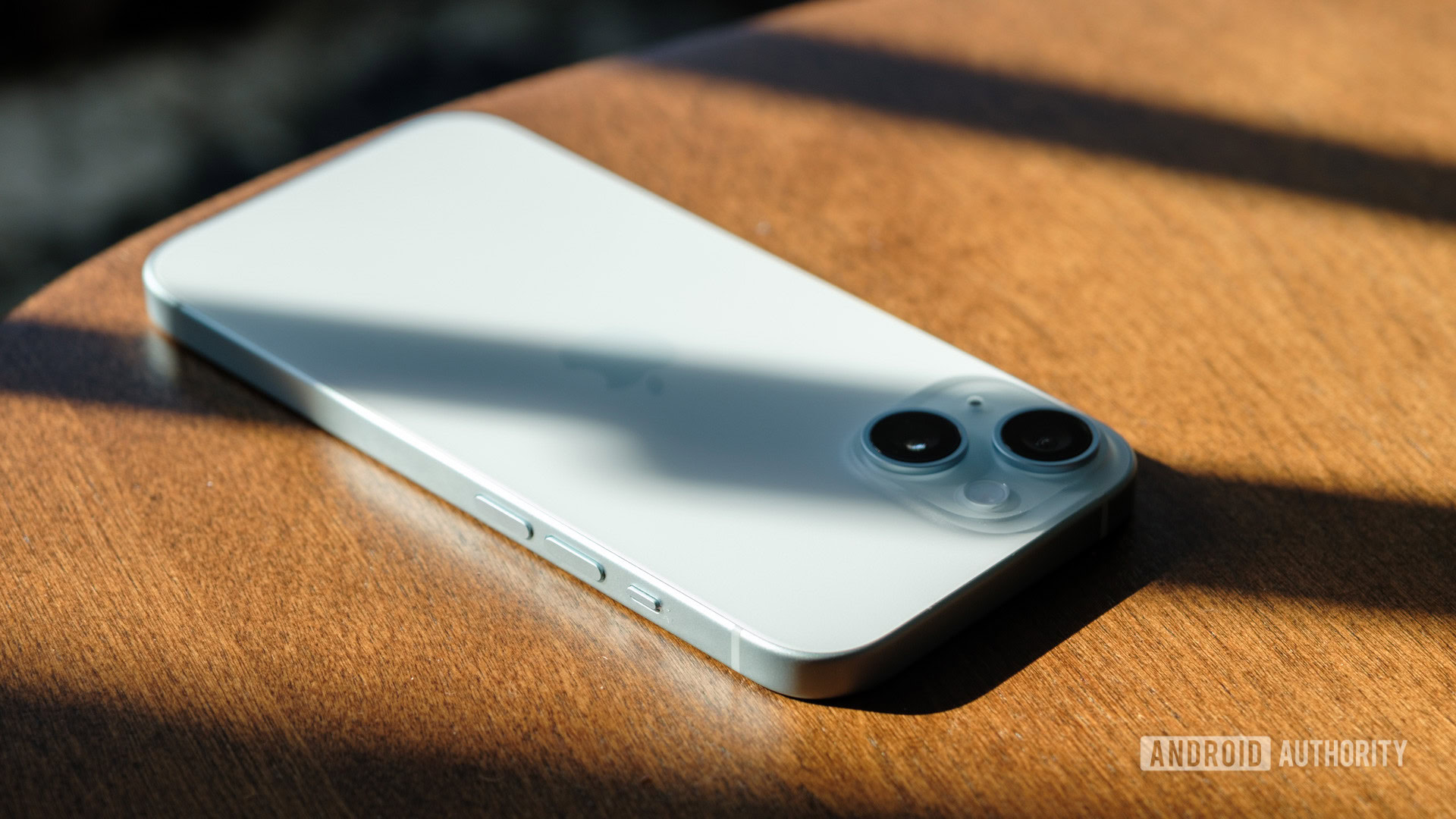
When these renders first came out, people were very quick to point out that flat sides are an iPhone thing. In 2020, Apple released the iPhone 12 series, and that brought back flat sides to smartphones. Since then, we’ve seen a lot of companies follow suit. The Galaxy S24 series, for example, has flat sides across all models. The ASUS Zenfone 10 also has flat sides. And every phone that Nothing has launched so far — the Nothing Phone 1 and Nothing Phone 2 — has flat sides as well.
It would be very easy to say that Google is just copying Apple and that Samsung, ASUS, and Nothing are all doing the same. However, I want to bring up something Carl Pei (Nothing’s CEO and co-founder) said a while back. When his company launched the first phone in its roster, the Nothing Phone 1, people criticized it because it looked too much like an iPhone, especially because of its flat sides.
Pei defended this decision by arguing that flat sides are simply the most efficient way to design a smartphone. You can see what he means in the images above. If you have a box, it can fit a certain amount of things inside. But if you curve the sides of the box all around, now you can fit less stuff in it. Smartphones work the same way. If you start adding curves all around the sides of the phone, you won’t be able to put as many components in it as you would a more squared-off phone.
Flat sides are iPhone-like, but they also allow for more efficient use of space in a smartphone.
Of course, the trade-off here is that the phone is a little less ergonomic in your hand. But this is a worthwhile trade-off because you’re going to be able to fit bigger batteries, larger or a higher number of cameras, more cooling, and all sorts of other components that you want to put in your smartphones nowadays.
In the end, you will need to decide what you think Google is really doing here. Is Google designing these Pixel 9 phones with efficiency in mind, as Carl Pei would suggest? Or is Google just copying Apple because that’s what Android OEMs do? I’m of the opinion that it’s a little bit of Column A and a little bit of Column B. I think Google is looking to Apple and saying, “Hey, that design really sells,” and also saying, “Hey, with this design, we can fit more components into the phone than with our previous designs.” It’s a win-win.
Eventually, you can choose to buy a Pixel 9 or buy another phone if you value better ergonomics and you don’t want your phone to look too much like an Apple device. But I don’t think this is as simple as Google just copying Apple.
Pixel 9 Pro and Pixel 9 Pro Max?
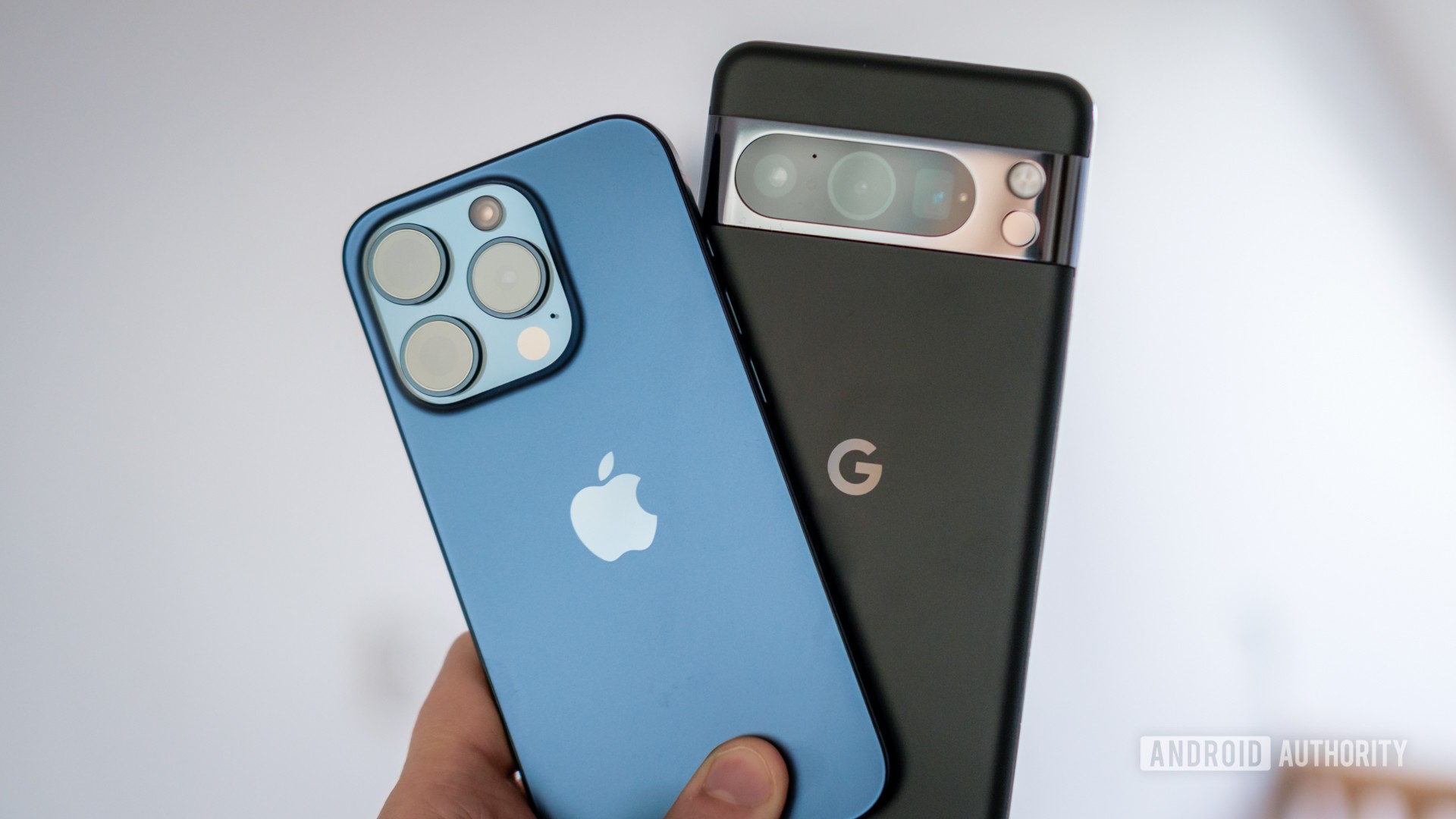
The flat sides of the leaked renders tell a new story, but so does the idea that the Pixel 9 and Pixel 9 Pro are essentially the same phone, with one just being smaller than the other. This is yet another thing that Apple has done for many years now. The iPhone 15 Pro, for example, is just a smaller version of the iPhone 15 Pro Max. Obviously, the Pro Max does offer some extra features, most notably the higher-tier telephoto lens. It’s also physically bigger, so it has a larger display and a larger battery. But for all intents and purposes, the Pro and Pro Max are the same.
If the Pixel 9 is really a Pixel 9 Pro and the Pixel 9 Pro is really a Pixel 9 Pro Max, that will be a big shift for Android.
Even though this has been Apple’s strategy for years, Android hasn’t really followed suit. Let’s look again at the Galaxy S24 series as an example. The base Galaxy S24 is not a Pro-level phone, and the Galaxy S24 Plus is just a bigger and slightly more powerful version of it. You need to go to the Galaxy S24 Ultra to get all the features that you would expect from what we would consider a Pro-level phone, including that more powerful 5x telephoto lens. Neither the Galaxy S24 nor the S24 Plus is a more compact version of the Galaxy S24 Ultra. This is especially true outside of the United States, where the Galaxy S24 and S24 Plus have an Exynos processor instead of the mighty Snapdragon 8 Gen 3.
The same thing goes with the Pixel line. The Pixel 8 isn’t just a smaller version of the Pixel 8 Pro; it’s missing too many Pro features to be that.
So, in the Android world, you need to make a decision: do I want a Pro-level phone that’s huge, or do I want a not-so-Pro-level phone that’s more compact? iPhone users haven’t had to make this decision. They can get an iPhone 15 Pro and receive almost all the features of the Pro Max but in a smaller (and less expensive) chassis. So, if Google does mimic this strategy with the Pixel 9 series, it would be a new approach for the Android ecosystem — at least when looking at the market over the past five years or so.
Pro-level phones get Pro-level prices
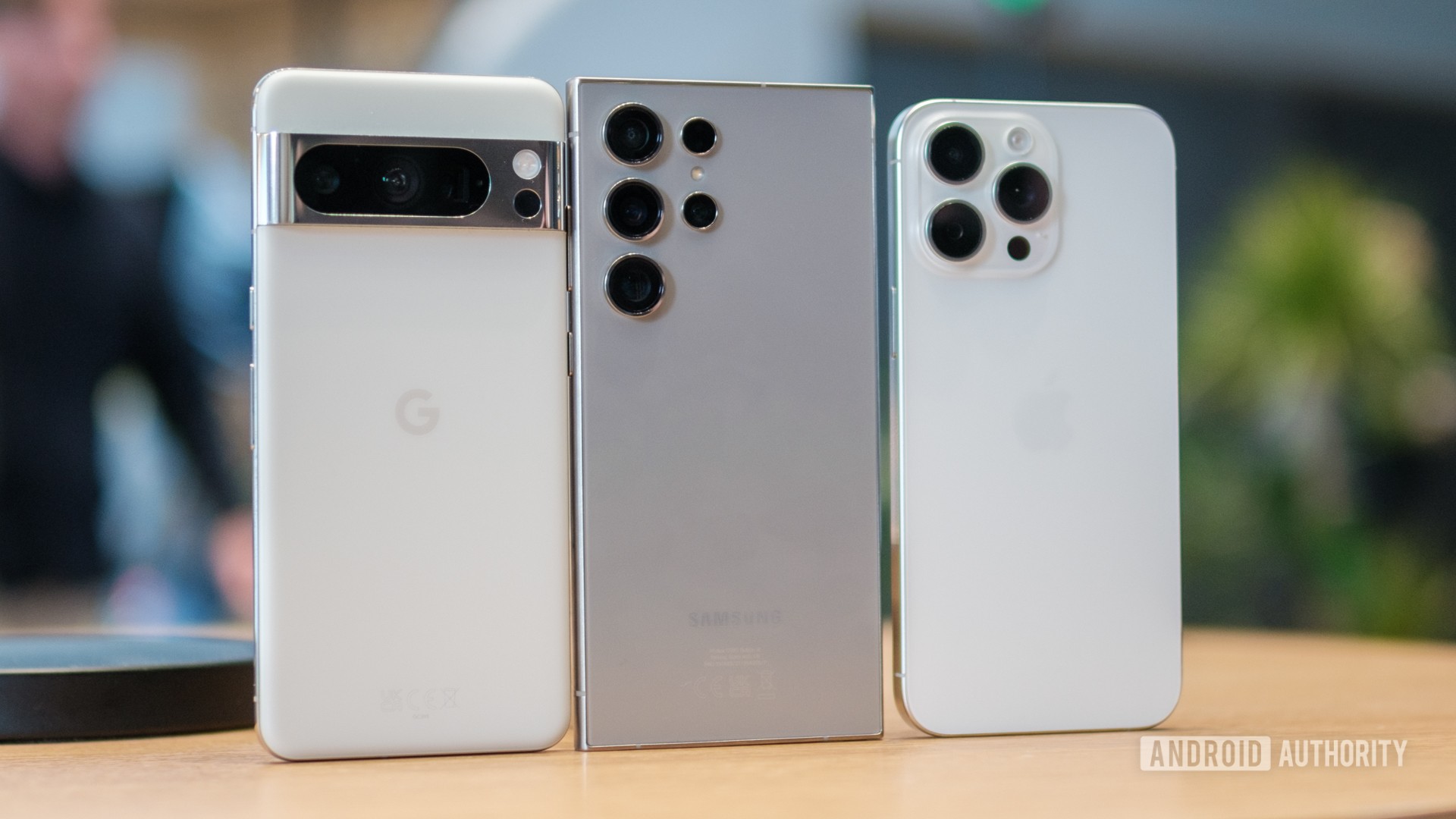
These two significant possible changes for the Pixel 9 series start to paint a new idea of the upcoming Pixel family and its value, which brings me to pricing.
If the Pixel 9 has the same triple-lens camera as the Pixel 9 Pro and most, if not all, of the Pro features that we expect to also see on the Pixel 9 Pro, then that phone will not be a $700 flagship. A phone like the Pixel 9 that we’ve seen in these leaks is going to be significantly more expensive — possibly even just as expensive as the Pixel 8 Pro is today, which is around $1,000.
Of course, that would mean the Pixel 9 Pro would be even more expensive than that. If true, this would leave a massive gap in Google’s portfolio. On the low end, you’d have the Pixel 7a (or the Pixel 8a, which we expect to come out this year), which costs $500. If the Pixel 9 starts at $1,000, that’s an enormous gap in the $600 — $900 range where no phone would exist in the Pixel family.
It is possible that Google would leave the Pixel 8 series active, cut the pricing, and use them to fill in that gap. However, I do want to point out that in December 2022, we posted a massive leak of Google’s Pixel roadmap for the next few years. In that leak, we learned from a trusted source that Google planned to release three phones in the mainline Pixel series in 2024. If true, that would include the larger and smaller Pixel 9 Pro phones (which we’ve already seen leaks for), as well as an actual base-level Pixel 9, which would be a smaller device with two lenses on the back, i.e., more similar to what we’ve seen from the Pixel 8, Pixel 7, and Pixel 6.
This would allow Google to mimic the iPhone strategy nearly in full, with a Pixel 9 acting as an iPhone 15, a Pixel 9 Pro acting as an iPhone 15 Pro, and a Pixel 9 Pro XL (heh) acting as an iPhone 15 Pro Max. All that would be missing would be a replication of the iPhone 15 Plus, which, let’s be honest, Google doesn’t need (neither does Apple).
If our source was accurate, we should expect another phone to leak in the Pixel 9 series, which would fill that gap that I just discussed. Of course, we haven’t seen it yet, so it’s possible that it doesn’t exist. Maybe Google changed its mind, or our source was mistaken. Maybe Steve Hemmerstoffer simply hasn’t gained access to it yet. There are all sorts of possibilities here since it’s so early on in the game. However, we are still waiting for another Pixel 9 leak, and if one lands, we’ll be very excited about it because it will mean our source was correct. And if our source was right about this, they’re probably right about everything else seen in that Pixel roadmap leak.
We’d love to hear your comments about this. Would you buy one of these Pixel 9 phones? If so, which one? Are you OK with Google copying from Apple to tweak the Pixel line? Sound off in the poll above and in the comments below.
